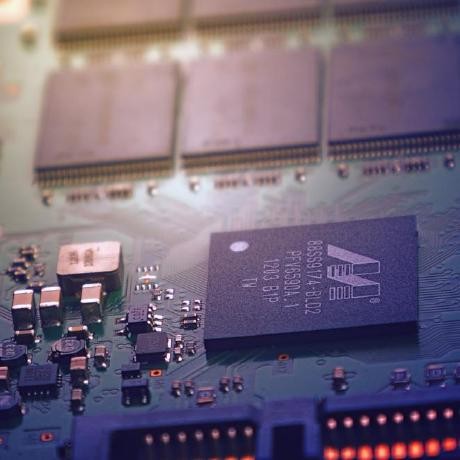I had to go through this after a Linux live USB failed to auto-detect one of my drives. I was surprised by how hard it is to actually find the definite procedures for this. Hopefully this post saves someone some time.
This is for an LVM volume encrypted all inside a LUKS volume, but I imagine you can just flip the order of the commands for a LVM volume with discrete LUKS volume inside it.
Decrypting and mounting the LUKS volume:
sudo cryptsetup luksOpen /dev/your_luks_volume decrypted_lvm_volume
Displaying the LVM volumes:
sudo lvdisplay # Pick the ones you want to mount, note its LV path
Mount the LVM subvolume:
sudo mkdir /mnt/final_mountpoint
sudo mount [lv_path] /mnt/final_mountpoint
From Wikipedia, the free encyclopedia
Linux is a family of open source Unix-like operating systems based on the Linux kernel, an operating system kernel first released on September 17, 1991 by Linus Torvalds. Linux is typically packaged in a Linux distribution (or distro for short).
Distributions include the Linux kernel and supporting system software and libraries, many of which are provided by the GNU Project. Many Linux distributions use the word “Linux” in their name, but the Free Software Foundation uses the name GNU/Linux to emphasize the importance of GNU software, causing some controversy.
Rules
- Posts must be relevant to operating systems running the Linux kernel. GNU/Linux or otherwise.
- No misinformation
- No NSFW content
- No hate speech, bigotry, etc
Related Communities
Community icon by Alpár-Etele Méder, licensed under CC BY 3.0
- 0 users online
- 5 users / day
- 20 users / week
- 27 users / month
- 16 users / 6 months
- 20 subscribers
- 684 Posts
- 1.7K Comments
- Modlog


Since you can only mount after opening, the order would still be the same, you’d just have to
lsblkfirst to see which device your crypt partition is on. Solsblk→cryptsetup luksOpen→mkdir→mount.